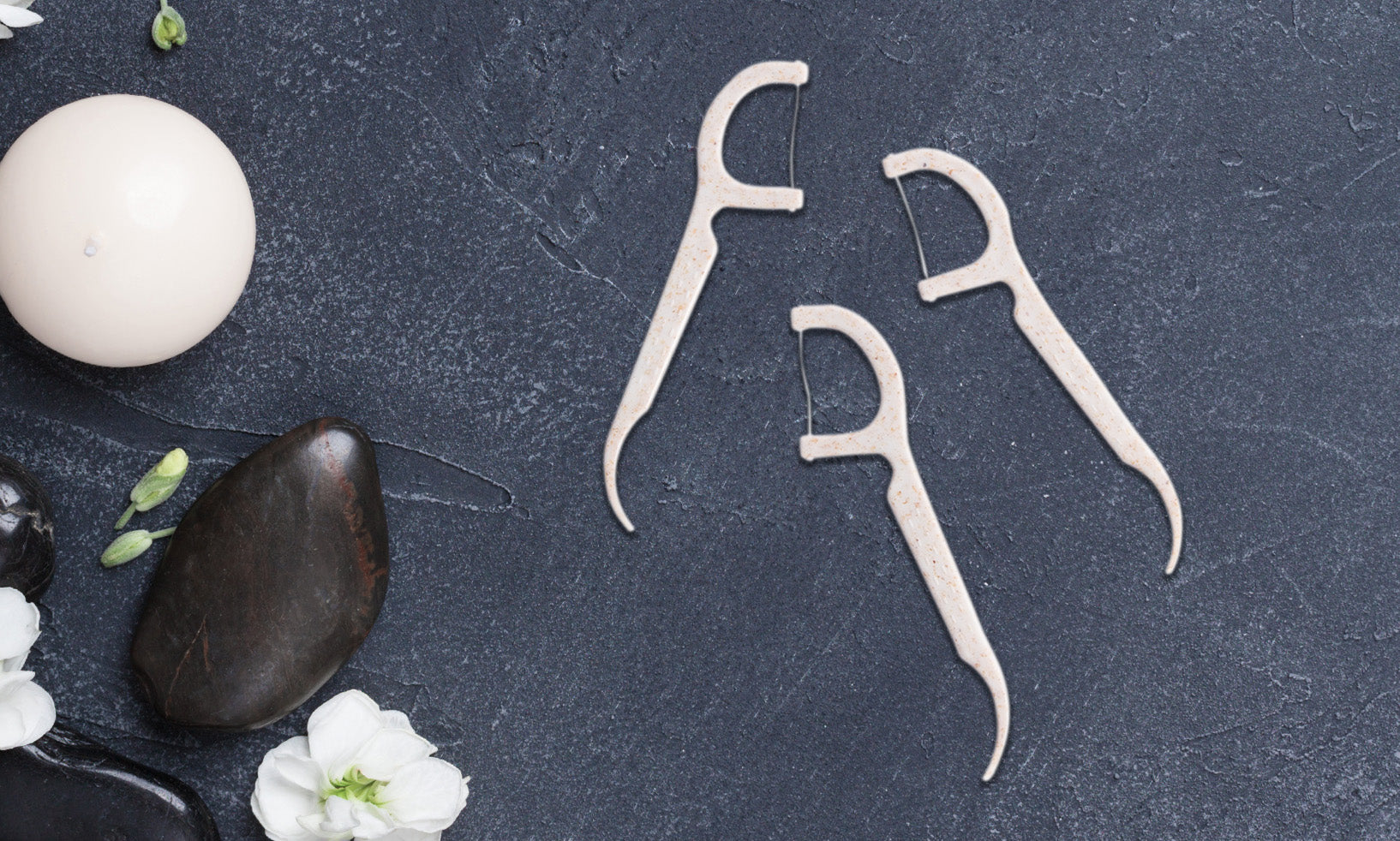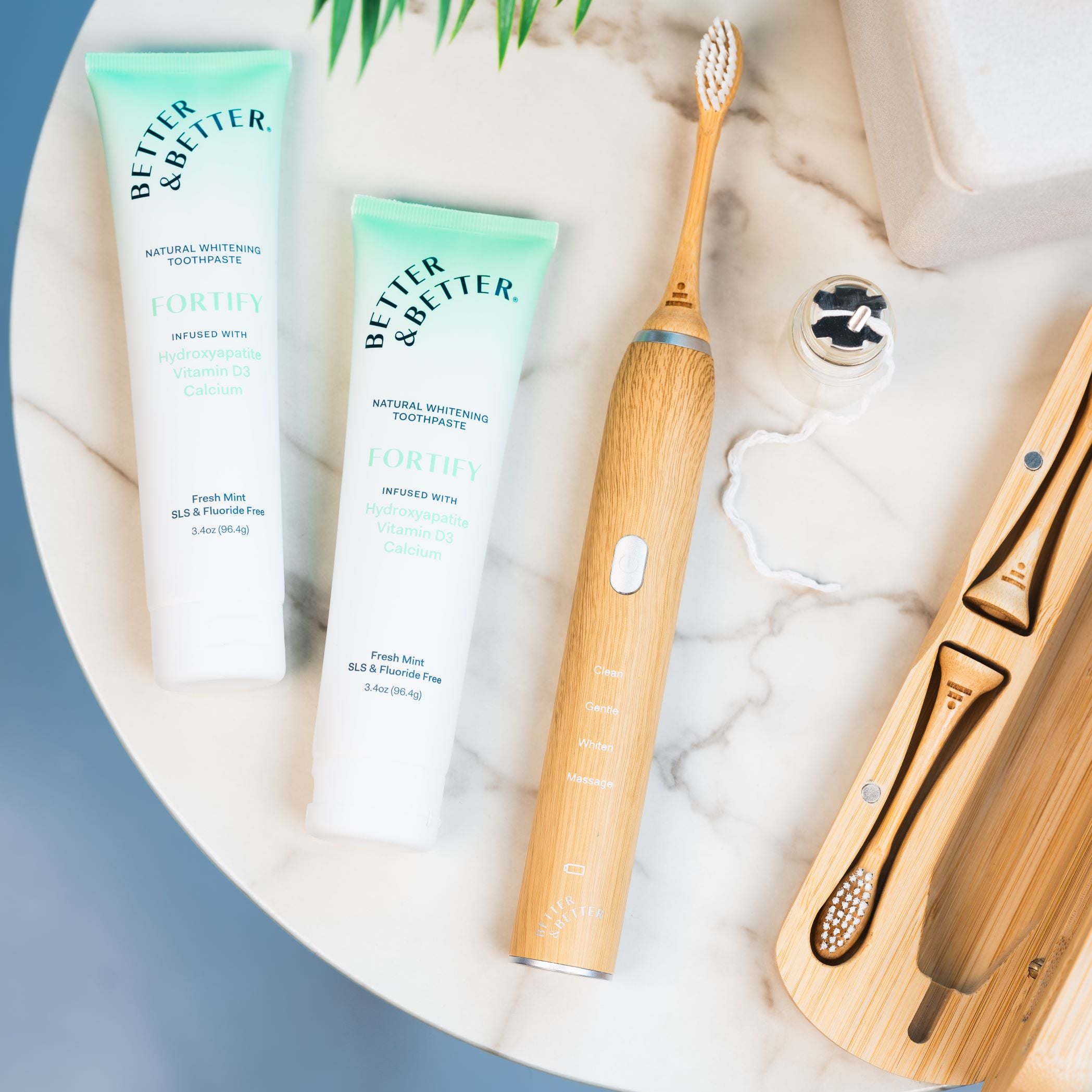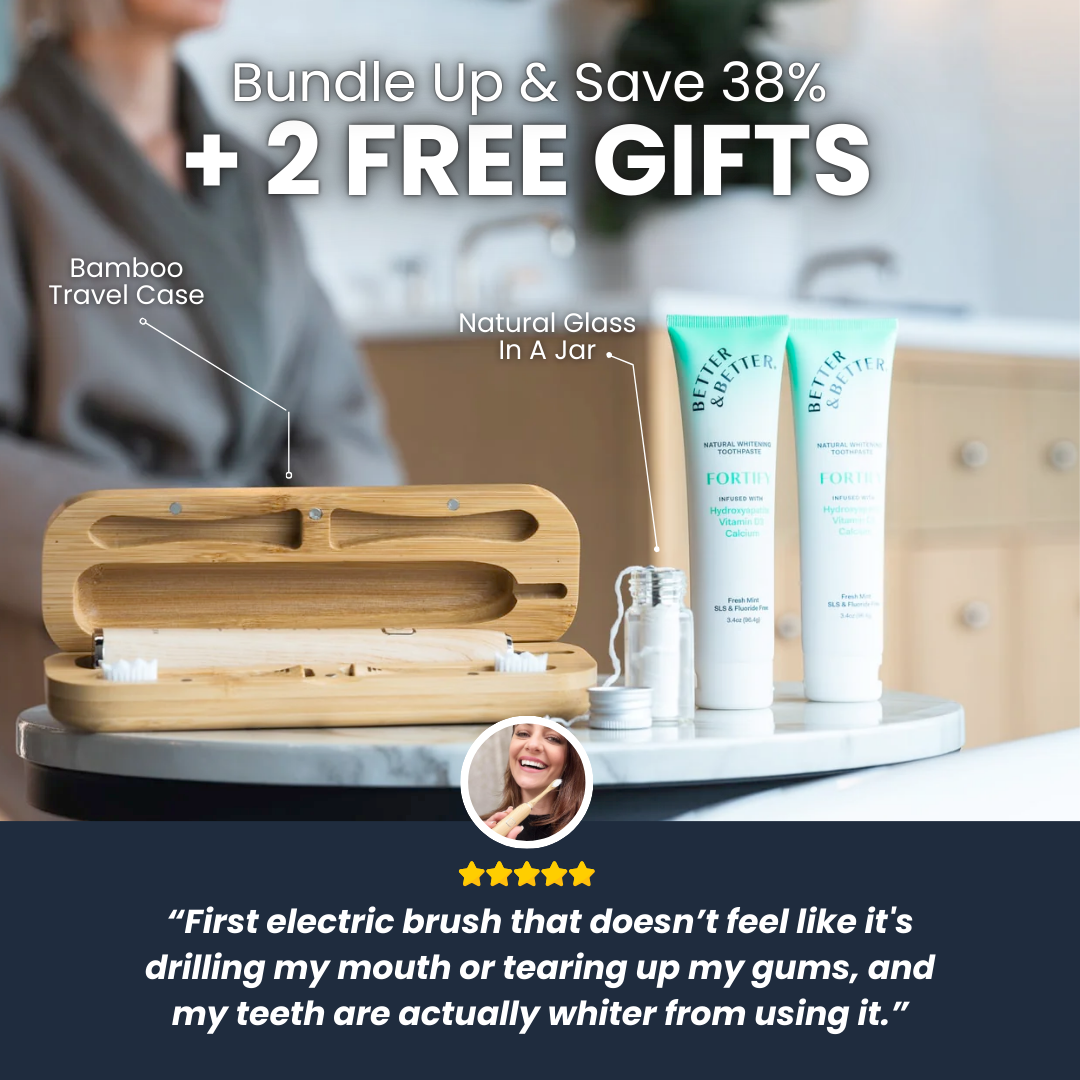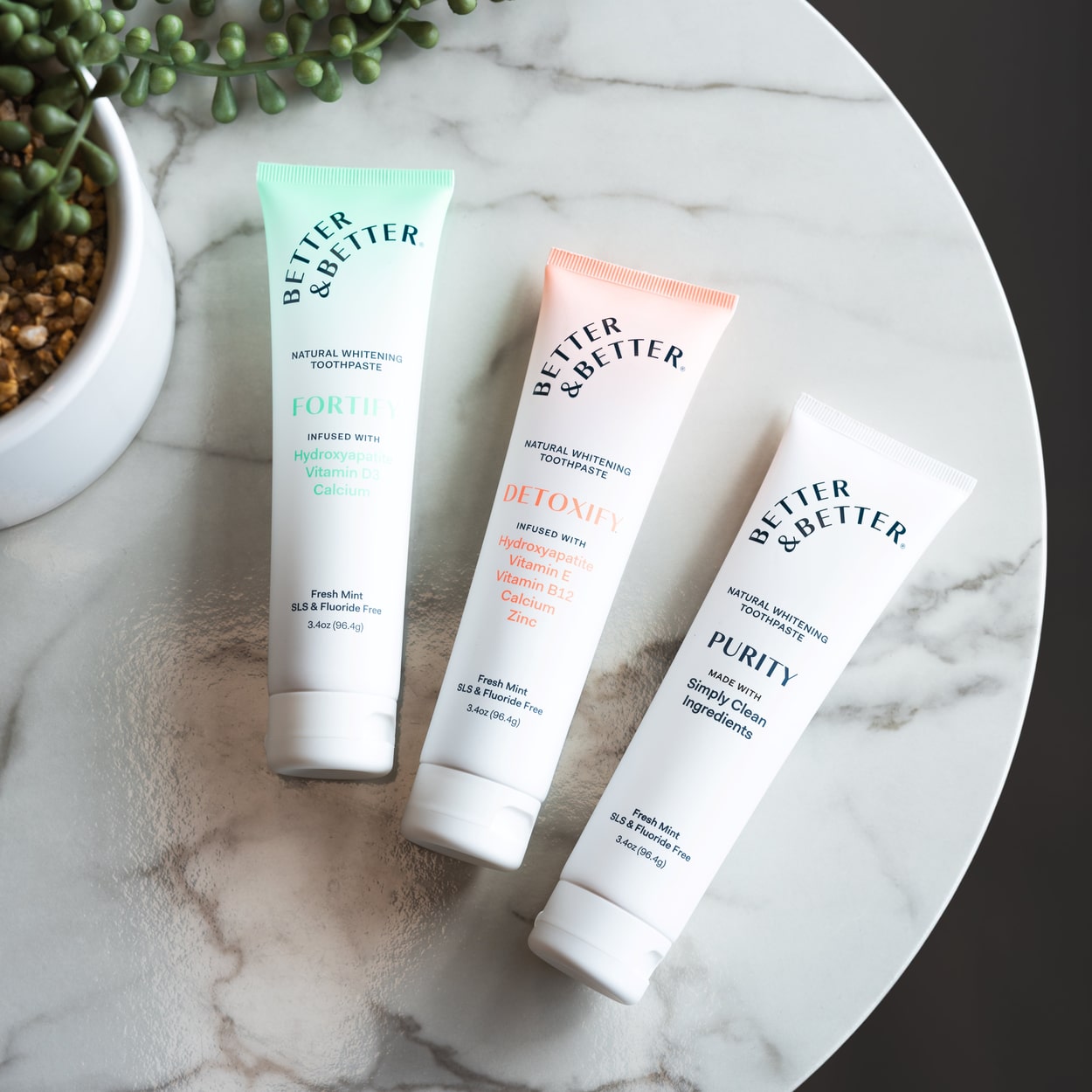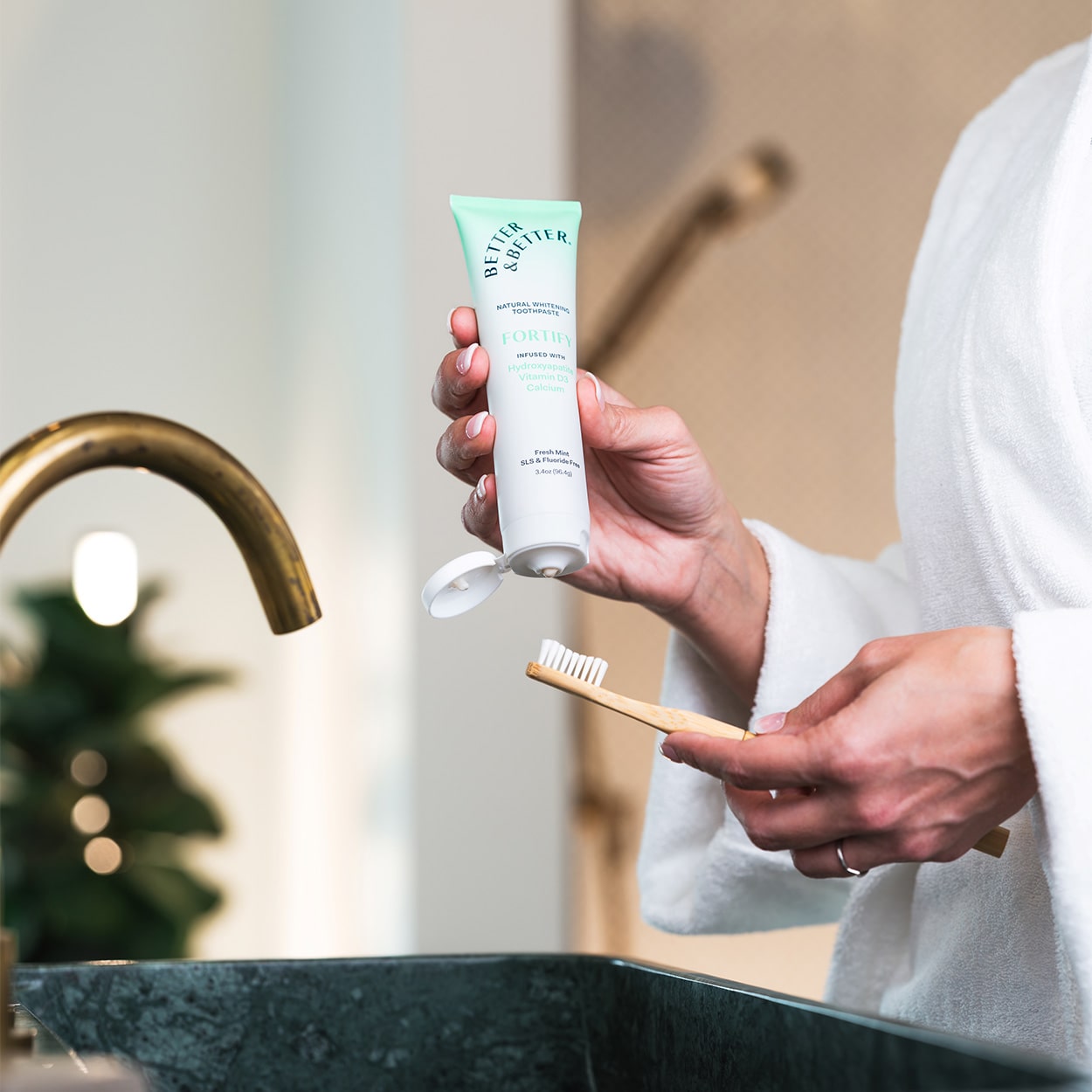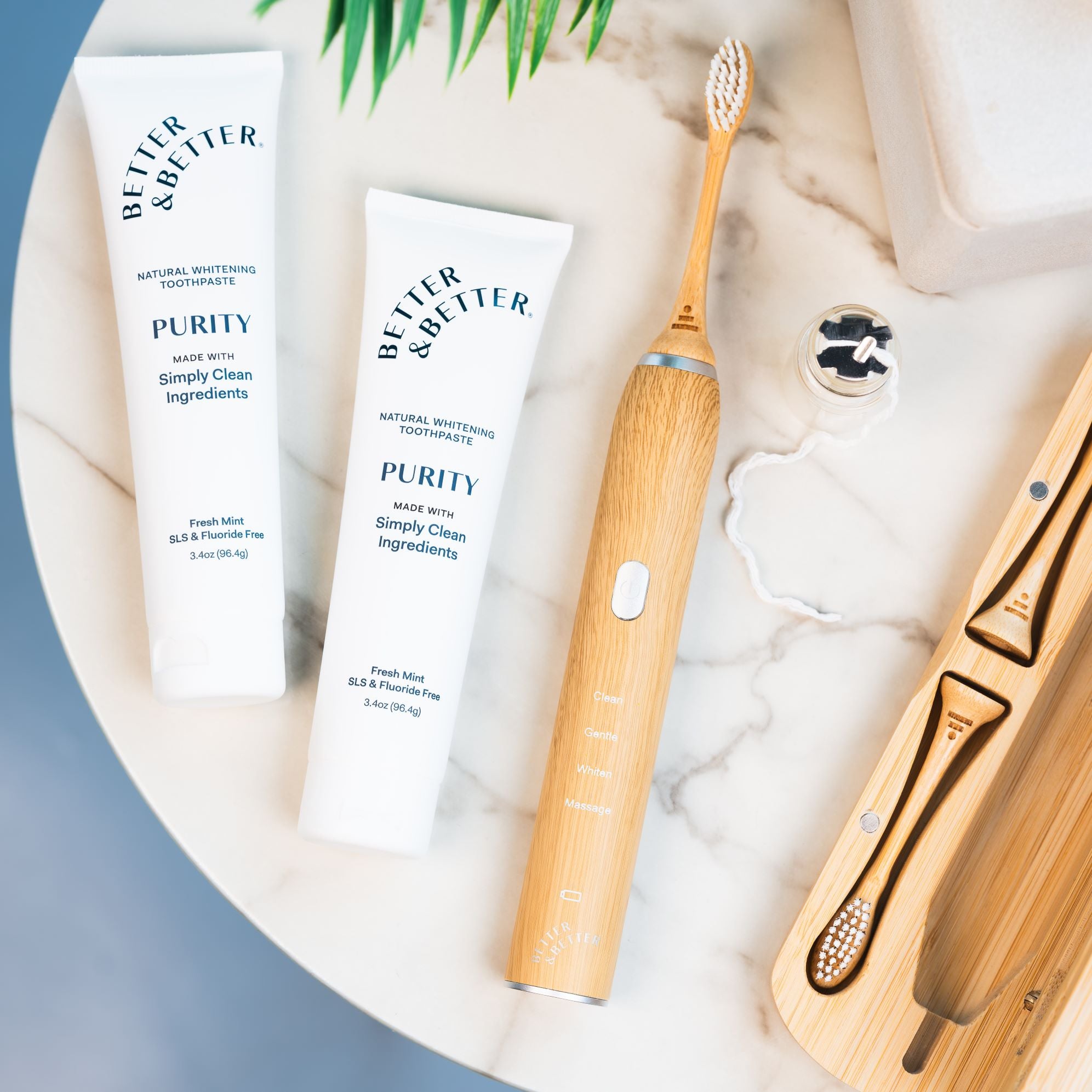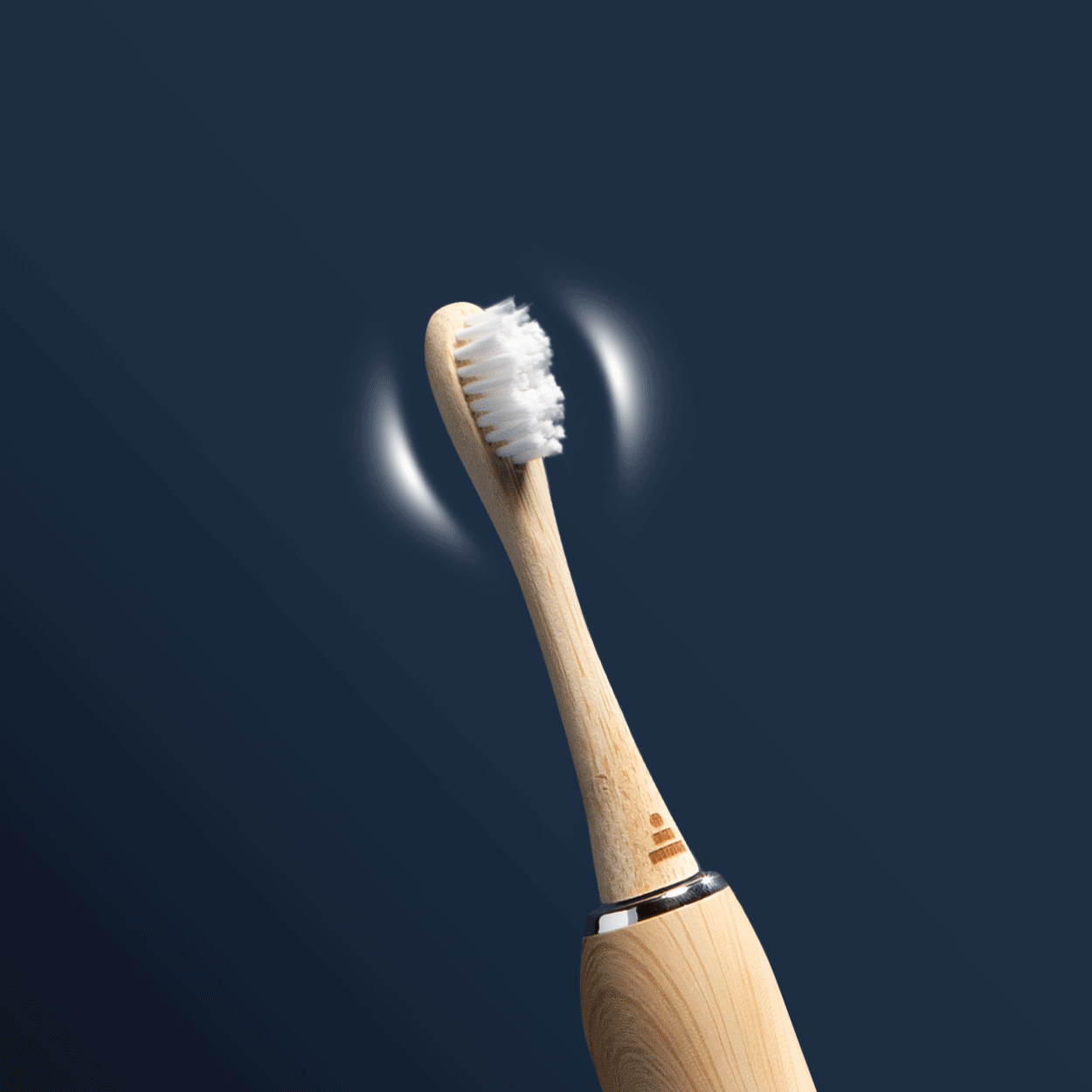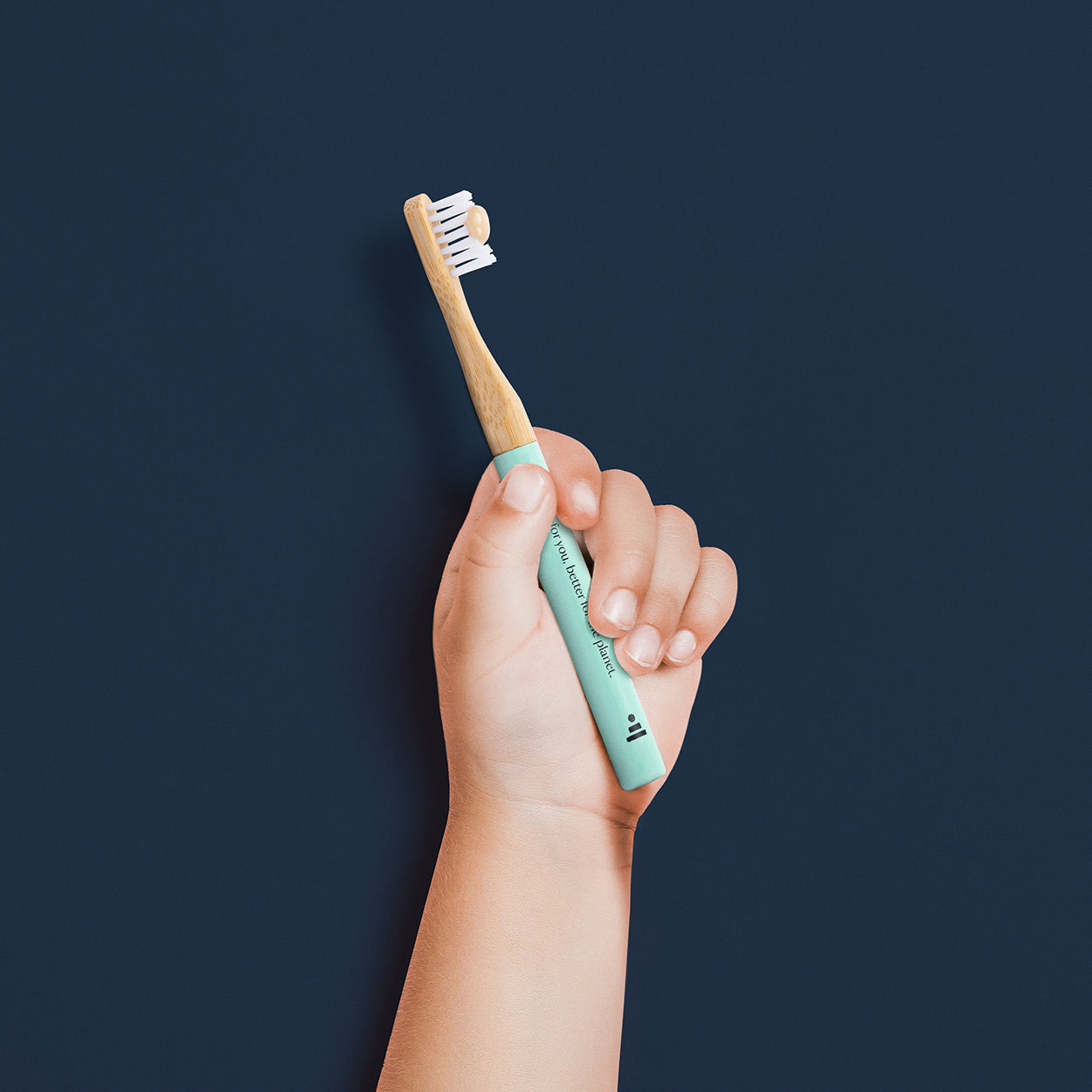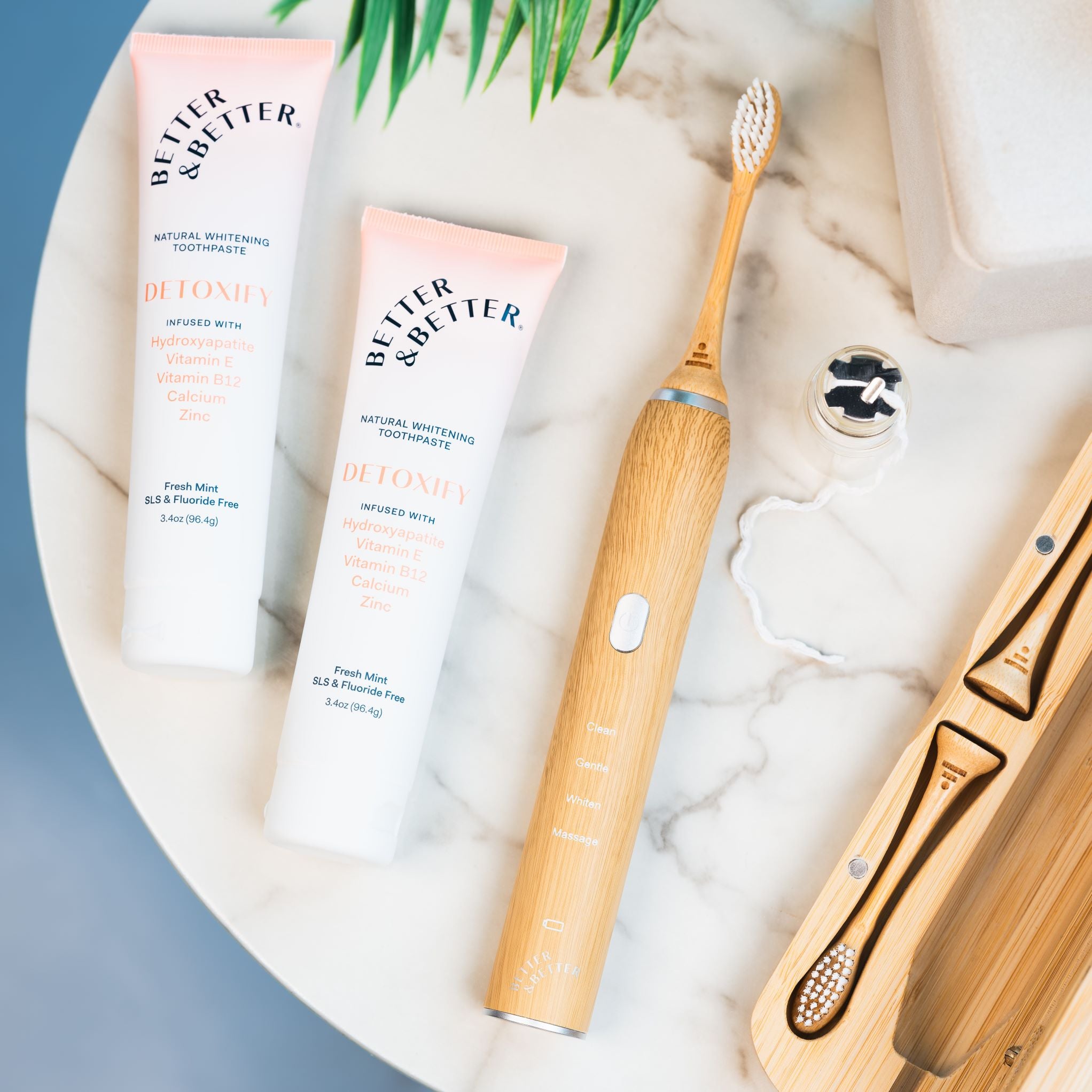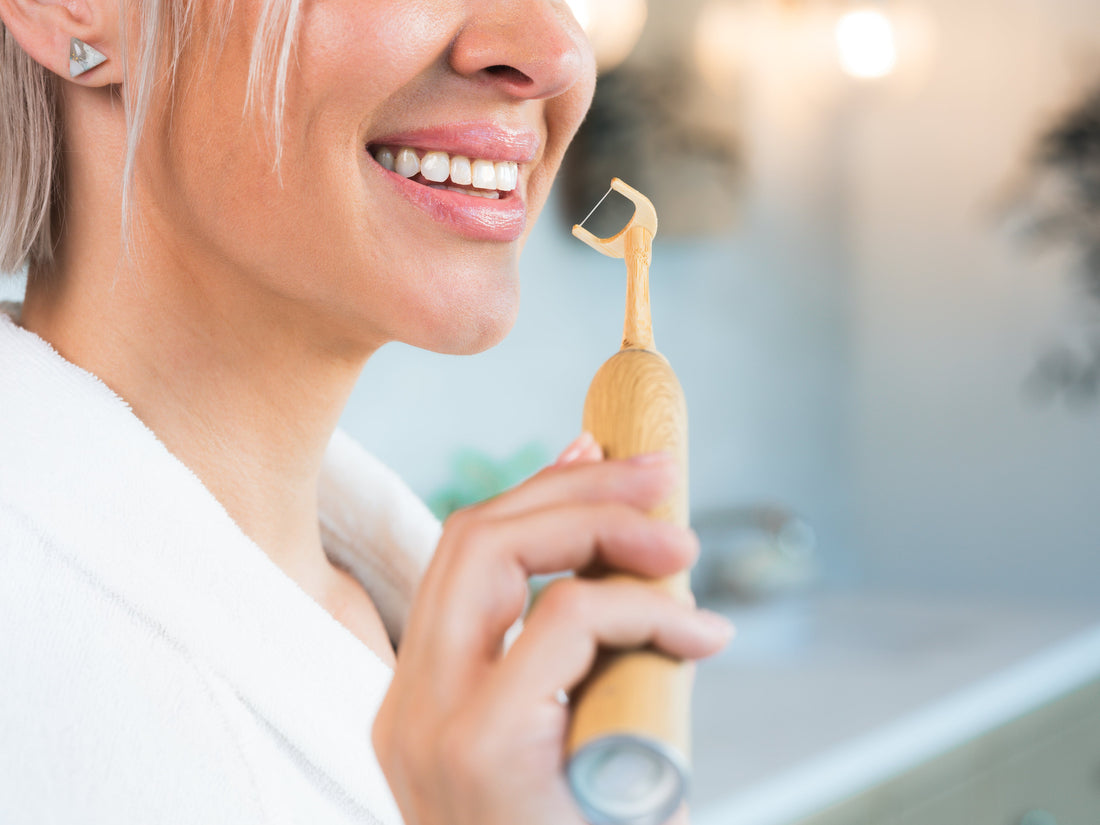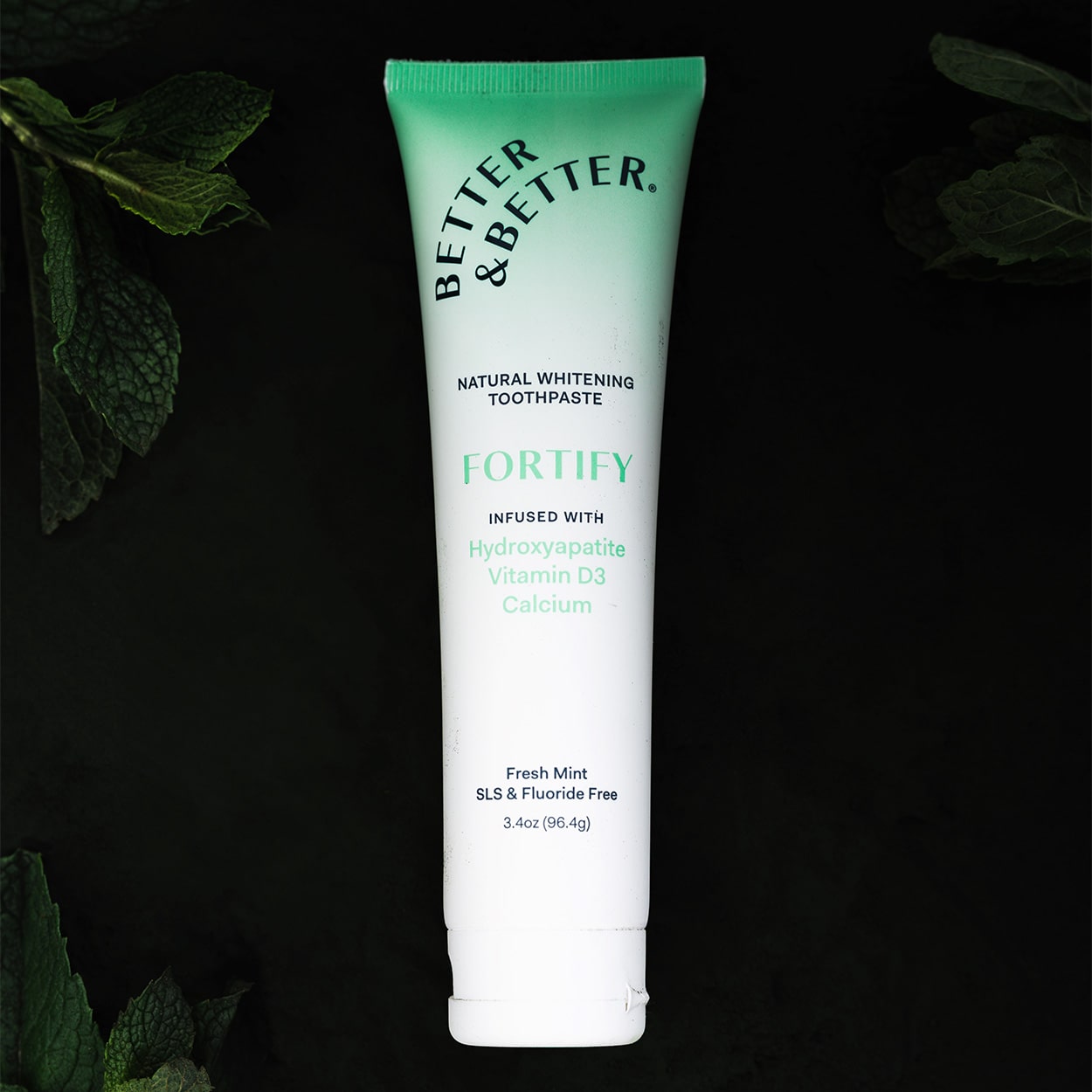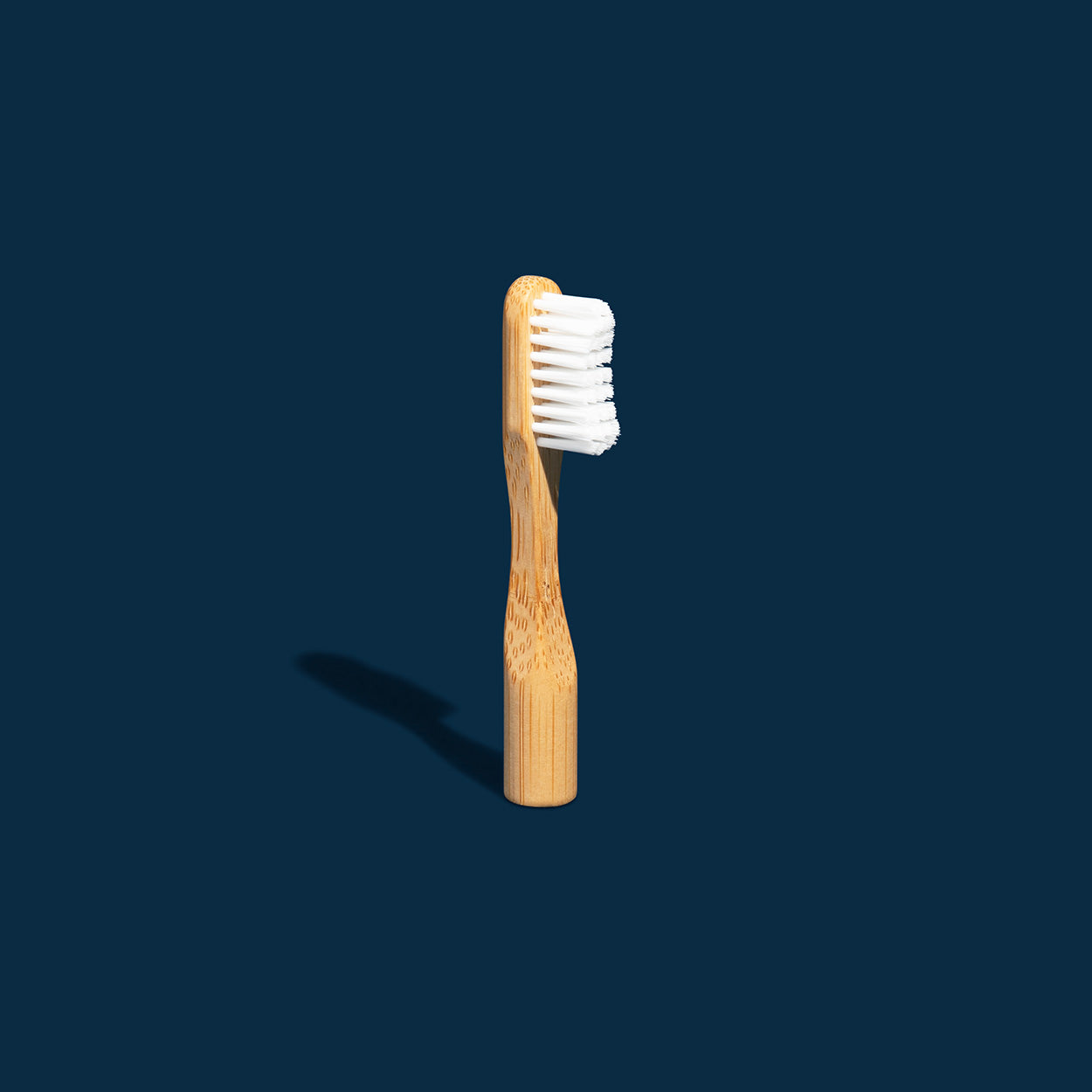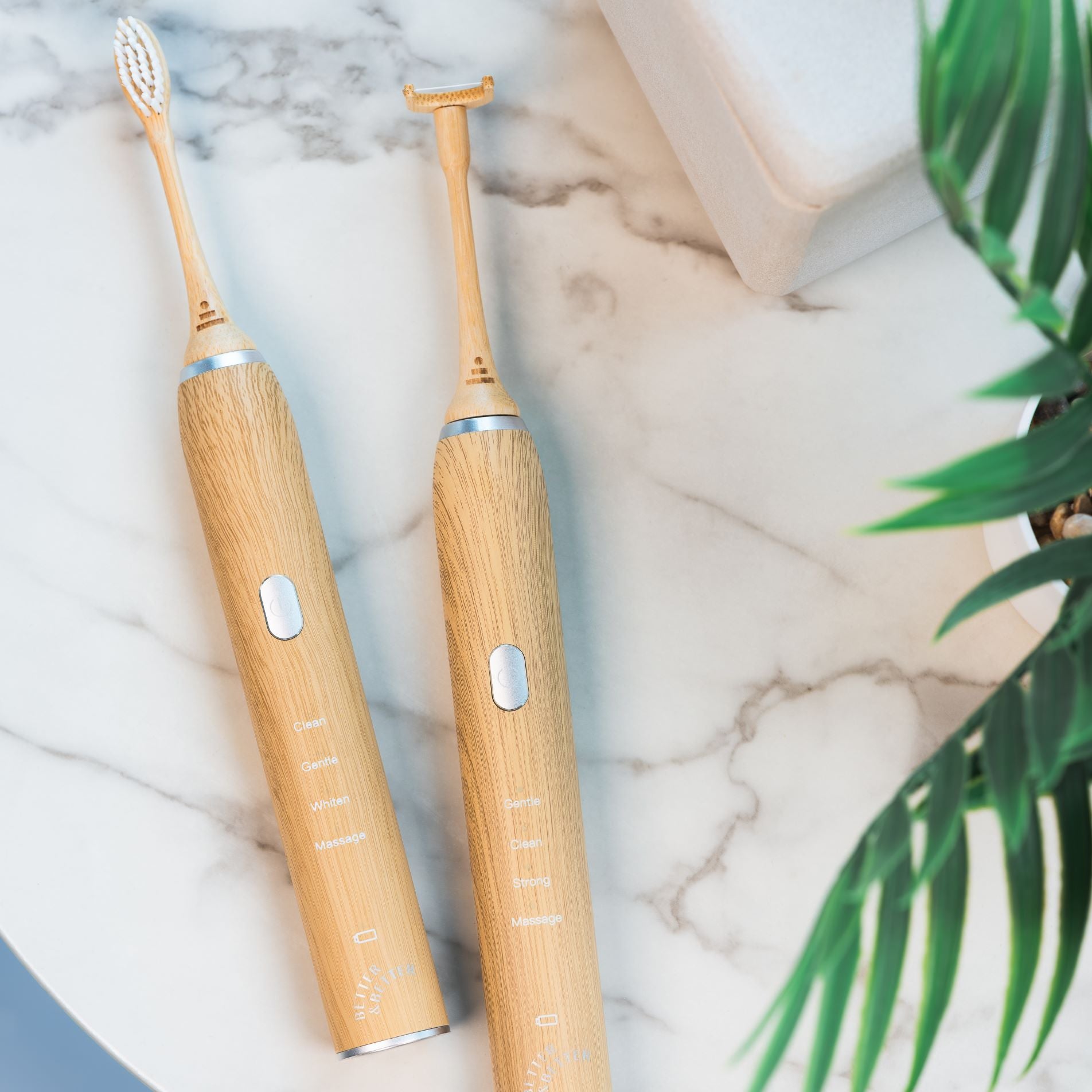Not a fan of flossing your teeth? Join the (massive) crowd.
Less than half of Americans floss daily, and 20% don’t floss at all, according to the CDC. As if that wasn’t bad enough, more than a quarter of Americans lie to their dentist about their flossing habits—14% hate flossing so much they’d rather clean a toilet.
Bottom line: flossing obviously isn’t the highlight of most people’s evening routines. But is that because of the process itself, or what you use to clean between your teeth?
Traditional string floss has been around since the late 1800s, and for good reason. It’s effective at fighting gum disease, plaque build-up, and bad breath. On the flip side, flossing can be awkward, painful (if you don’t do it too much), and (depending on what kind you buy) toxic.
If you feel overdue for an alternative to make this dreaded routine easier, you’re in the right place. In this article, we’ll explore four alternatives for floss and how they stack up to string. Let’s dive in.
1. Biodegradable Floss Picks
Reaching the nooks and crannies in your back teeth is tough with traditional floss. That’s where floss picks come in. These little tools have pre-threaded floss attached to a handle for easy maneuvering around your gum line.
A study published in the Journal of Clinical Dentistry found that floss picks removed 5.4% more plaque than standard floss.
“Results of this clinical investigation support the floss pick product to be at least as good as standard rolled floss in cleaning capability when both products were used according to their product-use directions,” the researchers wrote.
The handle on floss picks makes them easier to reach tight spaces than string. But those handles are often made of single-use petroleum plastic, which is no good for the planet. That’s why we made our own biodegradable floss picks.
Our plant-based floss pick handles are made from PLA, which is derived from renewable organic sources like corn, cassava, sugarcane, and beets. Each order comes with 200 picks in a fully-recyclable box.
Pro tip: save 20% and get free shipping when you subscribe.
2. Water Flossers
A water flosser (also called an oral irrigator) is an electronic device that shoots a thin stream of water between your teeth to blast away plaque and food debris. You can think of it like power washing between your teeth.
Water flossing is approved by the American Dental Association (ADA) as a flossing alternative, but evidence regarding its effectiveness is limited.
A 2020 Cochrane Review analyzed 35 clinical trials and found that water flossers reduced gingivitis symptoms in the short term, but not at 3-6 months. They also found no evidence for overall plaque reduction.
These findings suggest that water flossing may be more physically comfortable for your gum tissue than traditional dental floss, but doesn’t deliver the same results.
3. Interdental Brushes
This is like a miniature toothbrush designed to clean between your teeth. It has textured bristles that brush away plaque and food particles you otherwise can’t reach with a standard toothbrush head.
A 2015 review of nearly 400 studies published in the Journal of Clinical Periodontology found “moderate” evidence that interdental brushes reduced plaque scores and gingivitis symptoms (when combined with regular tooth brushing habits).
Interdental brushes are a good option for people with braces since they can clean between brackets and wires. However, these brushes aren’t ideal if you have tightly-spaced teeth since they aren’t as easy to maneuver.
4. Dental Picks
These tiny sticks, often made of plastic, wood, or metal, are designed to remove plaque and food debris from teeth. They’re marketed under a variety of names, like BrushPicks and Soft-Picks.
The wooden toothpicks you get at restaurants aren’t approved by the ADA to treat or prevent any oral health issues. However, there are ADA-approved “plaque removers.”
The 2020 Cochrane Review concluded that wooden “cleaning sticks” may reduce gingivitis, but aren’t effective for plaque removal. Alternatively, they concluded that dental picks made of synthetic materials can reduce plaque build-up, but not gingivitis symptoms.
Dental picks might come in handy to remove large chunks of food between your teeth, but they aren’t ideal for everyday use because of their potential to irritate your gum tissue.
5. Silicone Floss
Silicone is another option if you want to go string-free with your flossing habit. These thin, stretchy ropes have finger loops on each side. Unlike regular floss, silicone doesn’t fray. You can also reuse silicone floss for months—assuming you wash it after each use.
Since you don’t have to wrap it around your fingers, silicone floss can be a great alternative for kids as well as folks with dexterity issues.
There are currently no studies to evaluate whether silicon floss is more or less effective than traditional string floss. But it’s safe to assume it’s better than not flossing at all.
What’s the Best Dental Floss Alternative For You?
Choosing the best dental floss comes down to personal preference and sustainability. Whether you go for plant-based string floss or biodegradable floss picks, we’re here to make sure your flossing habit is healthy for you—and the planet.
Along with consistent brushing, regular check-ups, and a healthy diet, flossing is crucial for preserving your oral health—so you might as well do it the easy, effective, and sustainable way.
We can’t promise flossing will ever be “fun.” But we can make it more pleasant so you don’t have to lie next time your dental hygienist asks whether you’re flossing daily.


